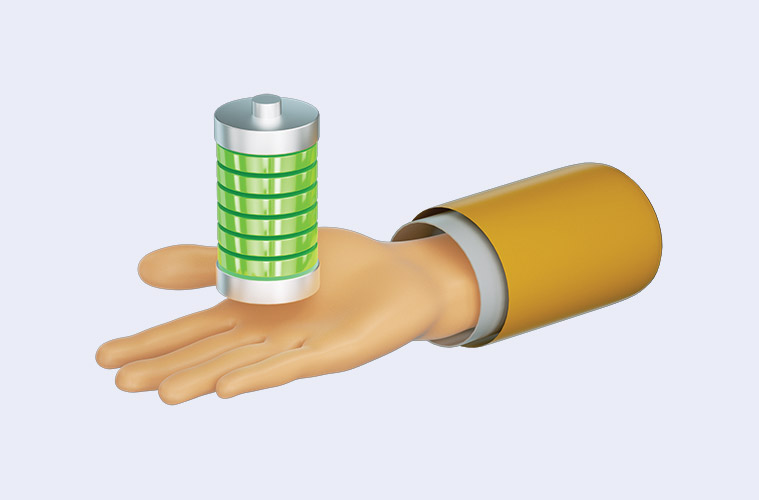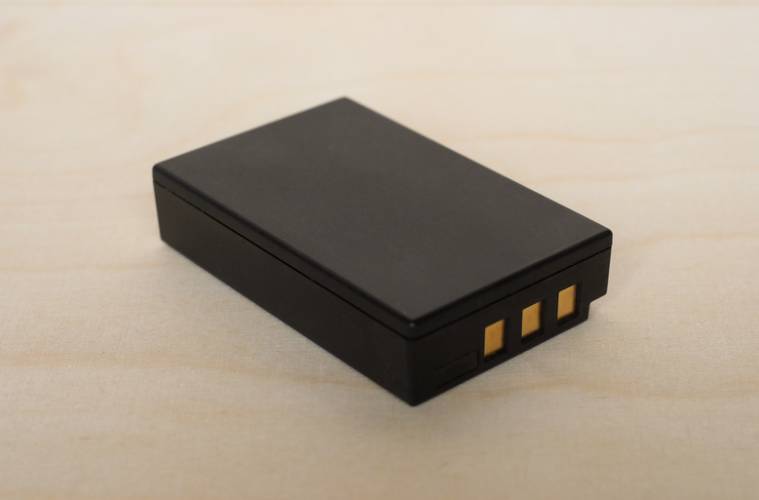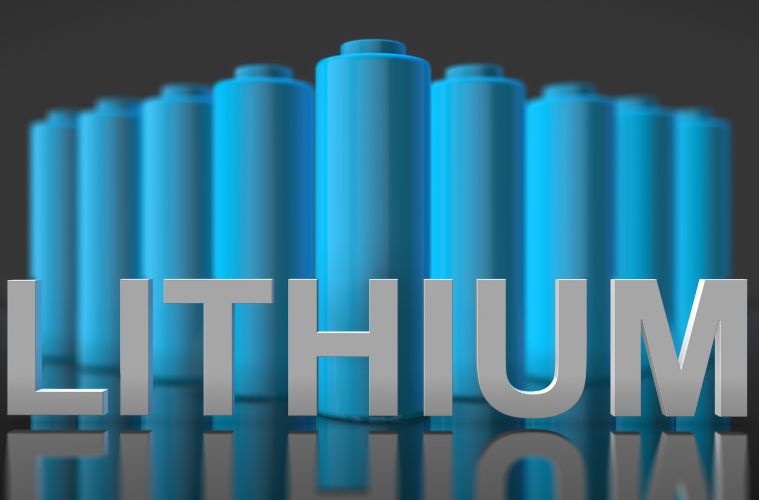
Self-charging batteries, also known as self-charging power cells or perpetual batteries, are a type of battery that can recharge itself through a process called “self-discharge.”
Self-discharge is a natural process in which a battery loses its charge over time, even when it’s not being used. In a self-charging battery, this self-discharge process is harnessed and used to recharge the battery.
There are a few different ways that self-charging batteries can work. One method is through the use of a thermoelectric generator, which converts heat energy into electrical energy. This can be done through a process called the “Seebeck effect,” in which a temperature difference between two different materials generates a voltage.
Another method is through the use of a device called a “nanogenerator,” which converts mechanical energy into electrical energy. This can be done through a process called the “piezoelectric effect,” in which a material generates a voltage when it is deformed or subject to pressure.
Self-charging batteries are still in research phase and not yet commercialized, it would be a great technology to have as it would reduce the need to replace batteries and could potentially reduce electronic waste.




